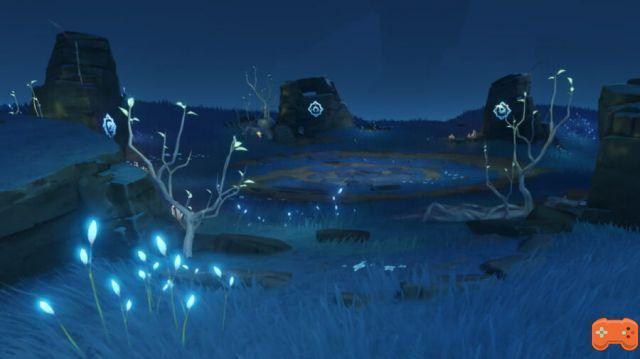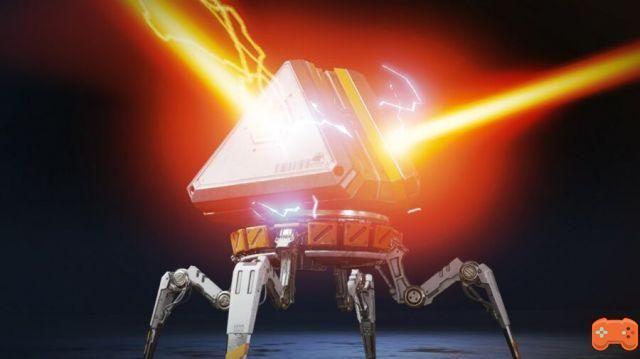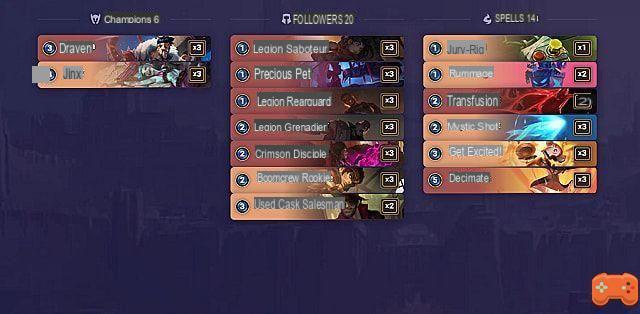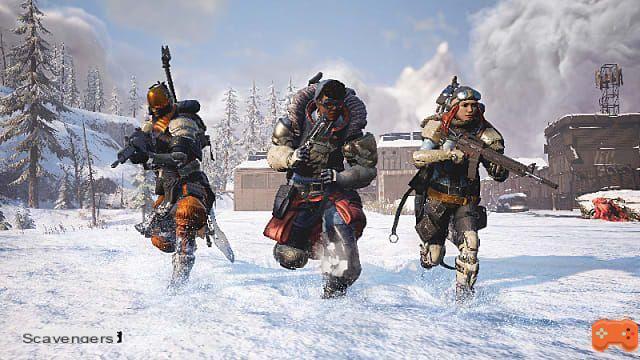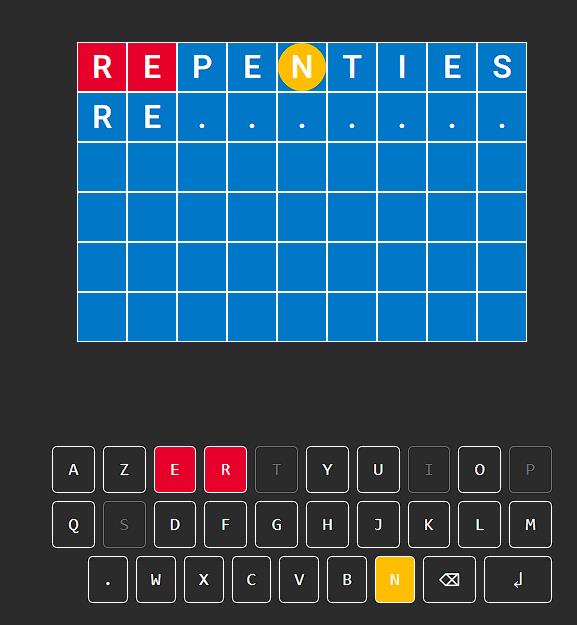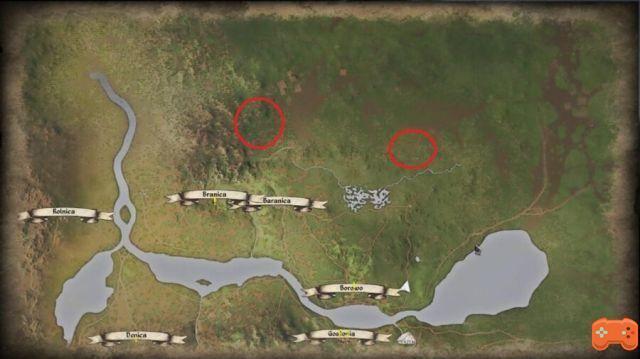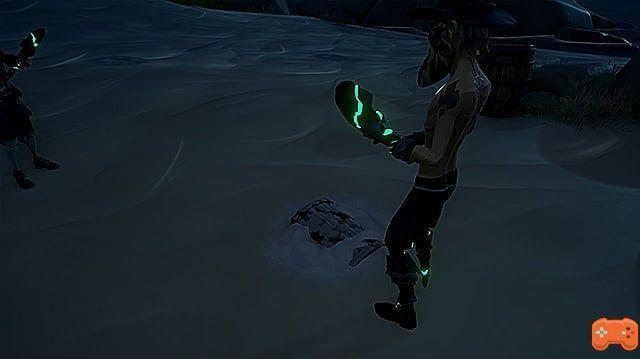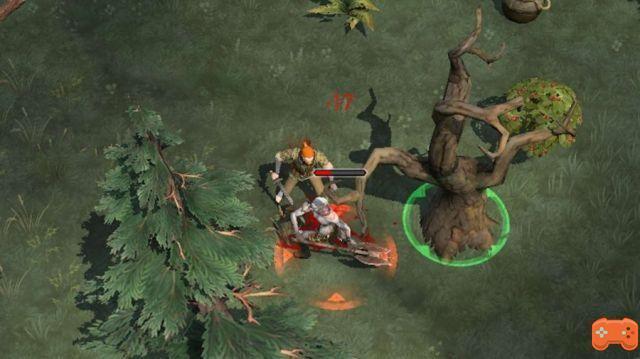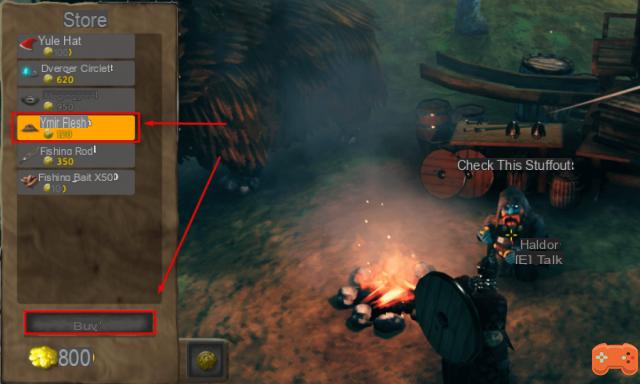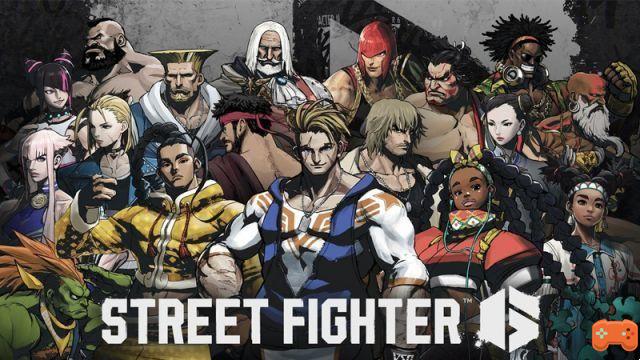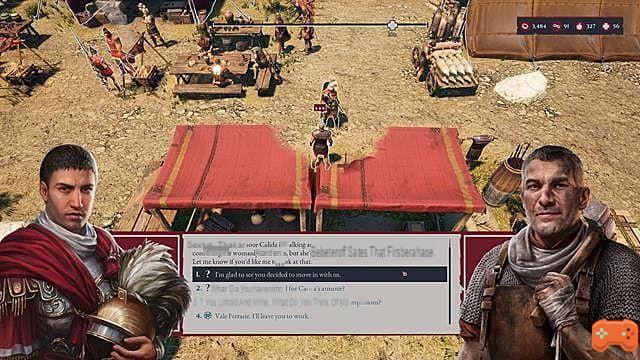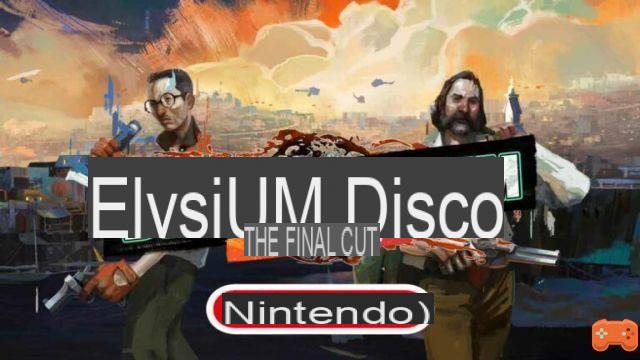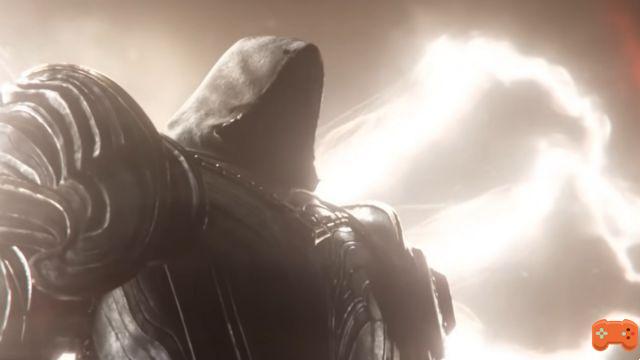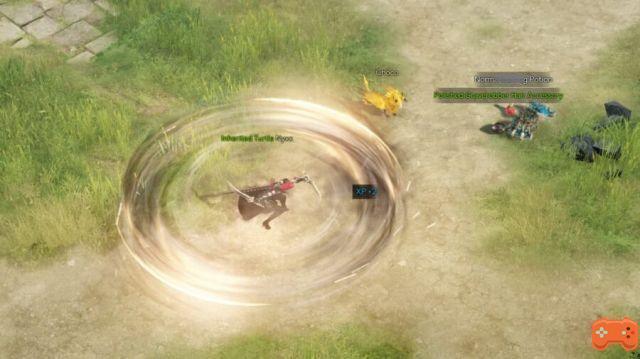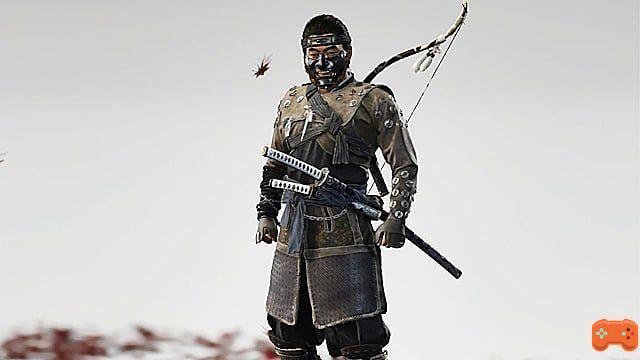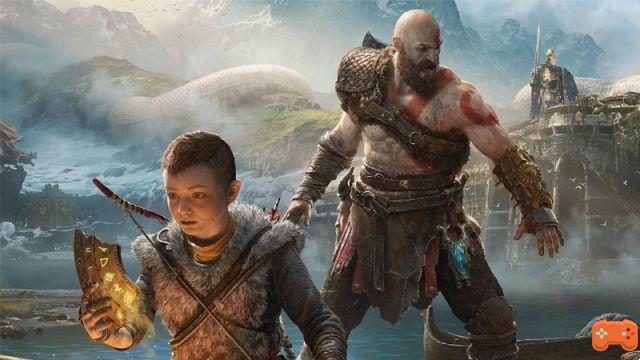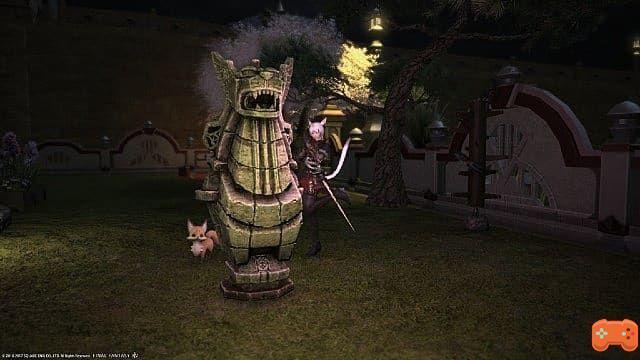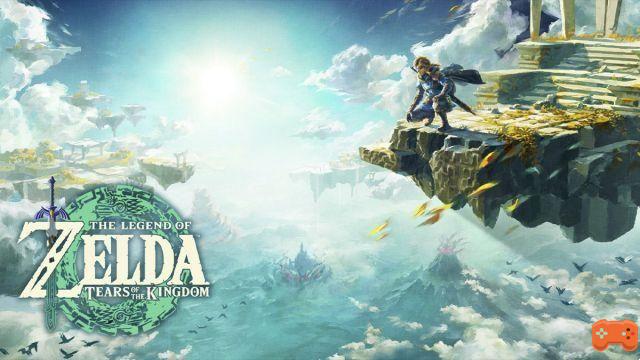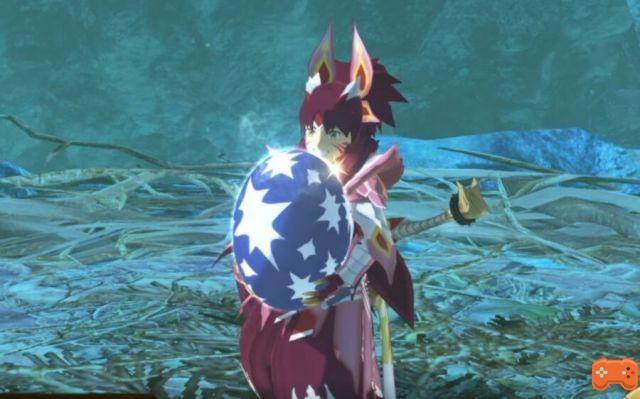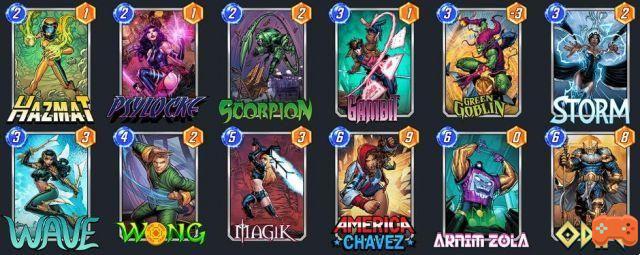Biomutant is one of the weirdest games I've ever played. It's like playing a David Attenborough show if he'd written the script after eating a bunch of psychedelic mushrooms, but Experiment 101 turns that quirk into an asset.
Biomutant fails more often than I'd like with its narrative and the way it handles choices, but it's a memorable game filled with detail and one I hope to see more of in the future.
Biomutant Review: Splice and Dice
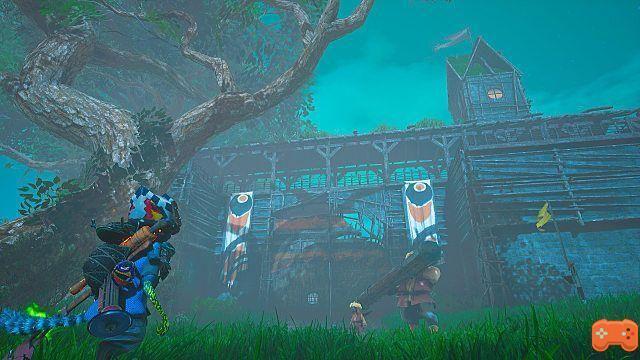
Decades after a man-made calamity made the world unlivable for humans, mutated animals roam the world, fighting, bartering, crafting, and sometimes just making snacks. At the center of their world is the Tree of Life, though four gigantic creatures called World Eaters threaten its holding force. If it sounds a lot like Breath of the Wild, that's on purpose, as Experiment 101 cited the open-world Zelda game as an influence on its own creation.
However, this is far from the only influence or even the only story. In fact, Biomutant has three stories. Two are connected to the Tree of Life and one is about you, yet loosely related to the Tree. Each is inspired by a different style of action and storytelling. Biomutant generally balances these narratives and styles well, although it does outdo itself in some areas (more on that in a moment).
Your overarching and overriding objective is to decide whether to destroy the world's eaters and save the tree or destroy the tree and let only the strongest survive. The second story revolves around the perspectives of those you decide to work with.
Biomutant allows you to align yourself with one of six world tribes upon completing the tutorial. Everyone is somewhere on the light-dark spectrum of the game, for example, wanting to save the tree and unite the tribes or destroy the tree and make peace with the tribes.
The hero's story unfolds through a series of flashbacks, much like Link regaining memories in BotW. There is, however, an important difference: your story hits harder. Link's is very much a plot tool, but Biomutant makes you hang out with your childhood friends and leave you feeling something broken and lost when you meet them again in the present.
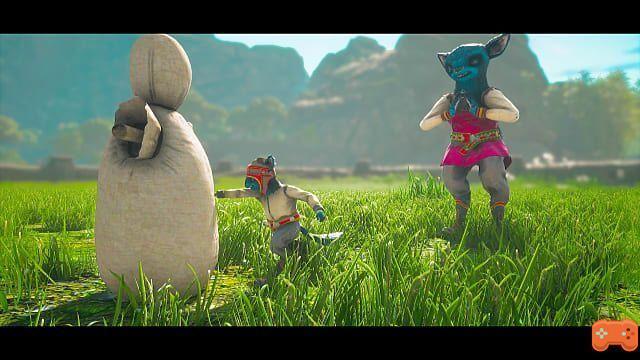
It's touching, but then it completely leaves you. The hero's story has a lot of potential to ground you in the world, but after the first few segments, Biomutant limits it to chance encounters and narrative around each World Eater.
However, these are not the only NPCs you will encounter. Biomutant has a quirky cast of animals scattered across the world, most of whom need some kind of help and all of whom have something good to offer for your time.
Take Lump, for example. It's a monkey thing with a snack cart on the edge of a nuclear wasteland that gives you a flaming rolling pin if you catch its breath, which is a lot less salacious than it looks.
Not that you engage directly with them. Biomutant uses a narrator to translate NPC speech into your language, and it has a particular effect. The characters are pretty superficial, but not speaking to them directly feels like you're never quite building a connection with those you meet on your travels.
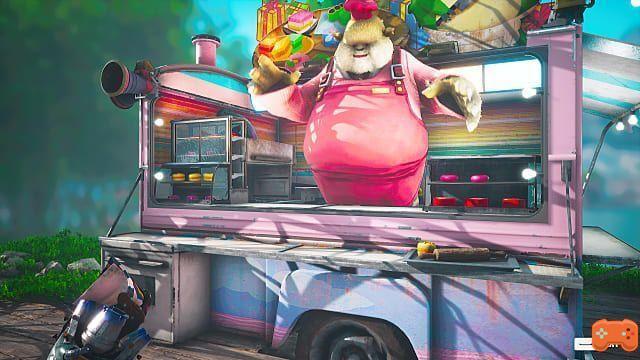
Still, travel usually makes up for the lack of meaningful interactions. Biomutant divides its map into multiple biomes, many of which are built around specific environmental hazards, but unlike BotW's element-inspired quadrants, the divisions are refreshingly varied. While the Oxygen-Deprived Dead Zone occupies the southwestern portion of the map, you'll find pockets of radioactive hazards and frozen terrain scattered across the map.
Biomutant is at its best when its surroundings are at its worst, forcing you to devise strategies to get through or profile itself as an obstacle to overcome once you level up your character.
Still, even normal biomes have their merits, as no part of Biomutant's map looks boring or plain. The entire game is simply stunning and takes advantage of the post-apocalyptic setting like few others.
You have your usual decaying cities, that's true, but you also have times like climbing to the top of a pile of toxic waste (in your duck-headed robot) to find the rays of the sun shining on the trees growing from waste. with what looks like poppies for the leaves.
These are the tangible elements. What Biomutant lacks in meaningful interactions, it makes up for in a distinct and quirky culture. Habitats, language, lifestyles, and even methods of transportation make Biomutant feel like it's playing an unorthodox offshoot of the Redwall universe, though often less fully realized.
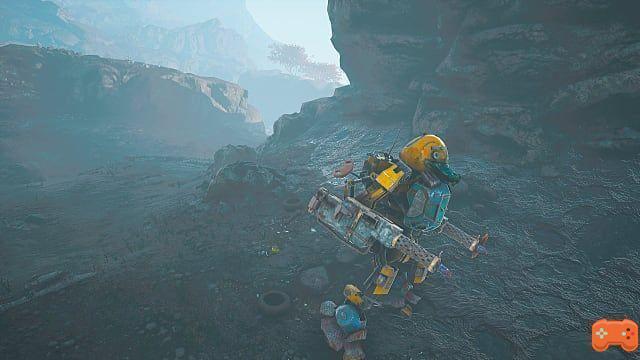
Biomutant gives and takes away at the same time. The beautiful and interesting world is full of reasons to explore it, but the quality of those things varies. Most Biomutant quests are variant quests that reward you with unique gear or vital health items. These quests are just as delightfully weird as the rest of the game – the first time around.
Flushing the toilet and finding rare clothes in the microwave is fun, but they don't have the long-term stamina to make them memorable beyond their quirkiness or to endure multiple playthroughs.
That's the problem with Biomutant. It's so close to being a masterpiece, but it never rises above the surface to make the most of its dozens of ideas and inspirations. NPCs that don't give a quest repeat the same limited dialogue, the same morality, and your choices have less influence than you might think, tribal warfare boils down to a few key decisions, and there's no big moment or set of moments to make Biomutant feel like a truly epic adventure.
Admittedly, some of these drawbacks are present in the Biomutant source material, for example, Breath of the Wild being more about the world than the people or quests within it. Perhaps Biomutant would have benefited if Experiment 101 hadn't been so true to its inspirations.
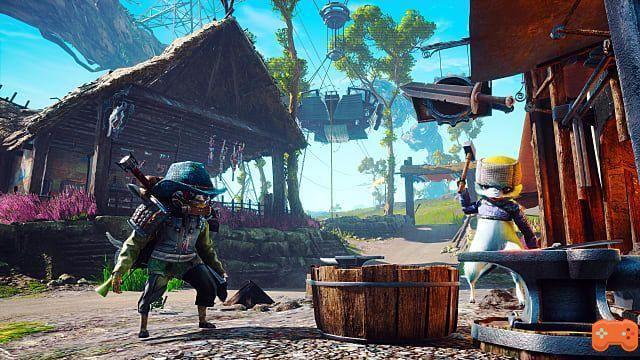
Combat is a similar affair. The combat is bold and engaging in theory. You use multiple weapon types and can take advantage of different mutant powers to manipulate the battlefield and your opponents, and that doesn't even go into the combos you unlock with each weapon type.
In practice, this turns into something akin to a musou, pulling off the same combos until your enemies, with their limited movement, finally give up and die.
Admittedly, this became less of a problem the more upgrades I unlocked. Enemies are still too squishy, but the process of turning into mutant pulp is much more enjoyable once your abilities are earned and you get dozens. From elaborate shotgun combos to setting up elemental chains, Biomutant ultimately gives you a buffet of choices, even if your foes never quite justify the depth on offer.
One thing I never got tired of was customization. Character customization is somewhat rudimentary, especially since you are rarely kicked out of abilities. Gear customization, however, is not.
Almost all Biomutant rewards are gear-related, whether it's gear like shirts or hats, or items you can use to craft your own shirts, hats, baseball bats, and more. Moreover.
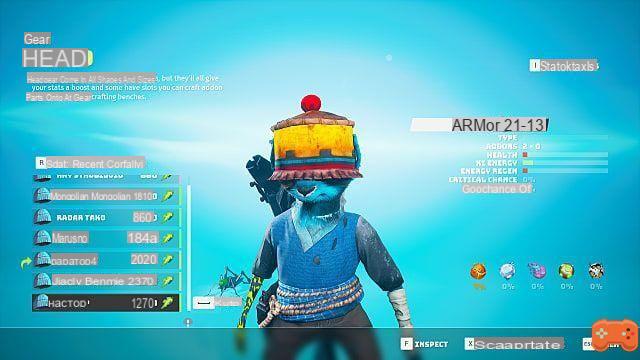
Some items are mods intended to improve certain aspects of an item, such as the reload speed of a rifle or the defense stats of a shoulder pad. Others let you build your own weapons, which, no matter how hard I struggled in combat, never get old.
You will need different amounts and combinations of skrap for each part of the craft. Some comes from resource towers scattered across the landscape, but your best bet is to scrap your scrap – or, in common parlance, dismantle unnecessary gear.
This gives purpose to the piles of rare, unusual, anomalous, etc. gear you'll find, though it also emphasizes the limits of combat. Most of them are not necessary.
Biomutant Review: The Basics
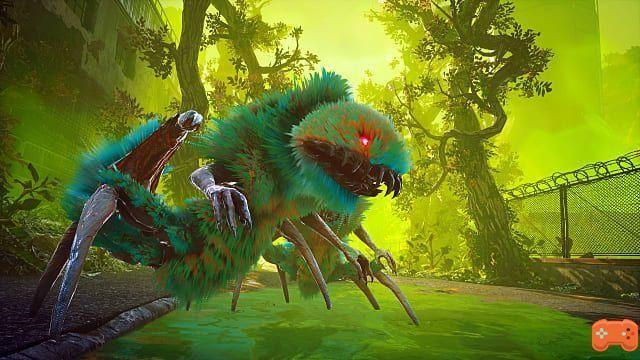
Benefits
- Inspirational and beautiful world
- Completely weird in all the best ways
- Unique characters
- Extensive customization
The inconvenients
- Disregards many of its narrative and choice-based promises
- Lack of extra punch to make it stick
- No interesting side stories and no chance to connect with characters
- The fight is often the same, despite the abilities
- The tribe system seems unfinished
With Biomutant, the end result is a game I enjoyed playing, despite the reviews and scores. I tire quickly with most open-world games, but I wanted to explore every corner of this unconventional world, even if that didn't always give me a good reason to do so.
I don't think you can call a game bold enough to mix so many influences together safely, but there's a distinct sense that Experiment 101 came close to playing it safe. Whether it's budget constraints, time restrictions, or COVID impacts, I don't know, but Biomutant needs a sequel or DLC to make the most of the solid base already there.
Either way, I don't regret my time with Biomutant at all, and I certainly will never forget it.
[Note: THQ Nordic provided the copy of Biomutant used for this review]




